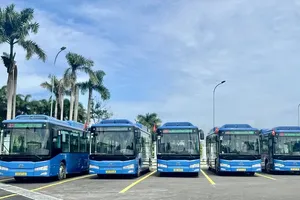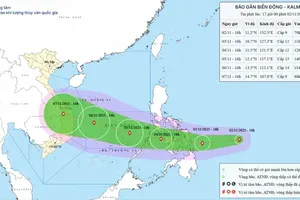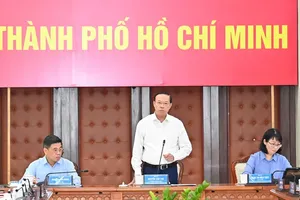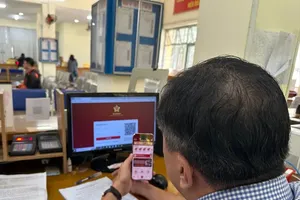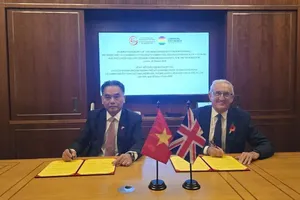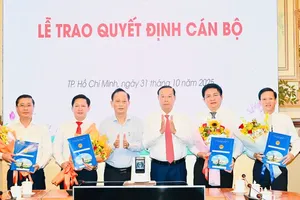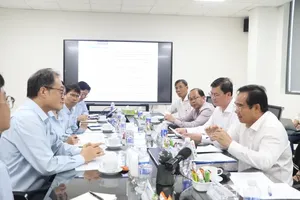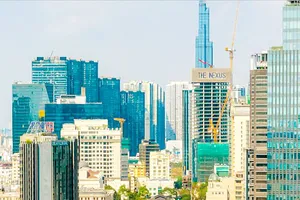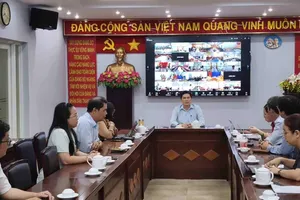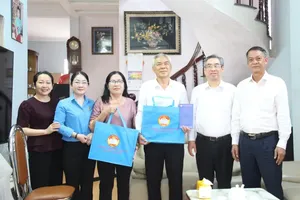Vice Chairman of the Ho Chi Minh City People’s Committee Bui Xuan Cuong yesterday signed Report No. 103/BC-UBND, sent to the Party Committee of the municipal People’s Committee, reviewing the city’s anti-flooding and wastewater treatment project for 2020–2045 and adjusting the action plan for 2020–2030.
The report evaluates achievements, shows shortcomings during implementation, and serves as a foundation for updating development orientations for 2026–2030 in line with urban management requirements following the city’s expanded administrative boundaries.
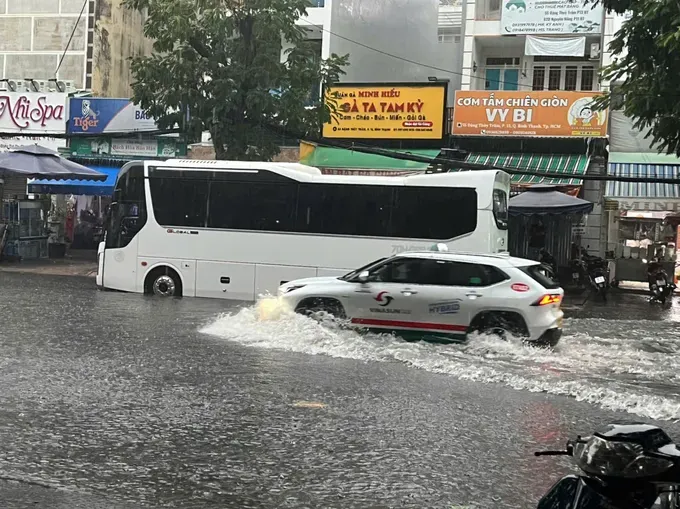
According to the Ho Chi Minh City People’s Committee, the recent merger of Ho Chi Minh City with Ba Ria–Vung Tau and Binh Duong creates urgent demands in urban planning and infrastructure development, especially drainage and wastewater treatment.
In response, the municipal Department of Construction will review and adjust the plan, aligned with the newly consolidated administrative boundaries.
For the upcoming phase, the city targets proactive forecasting and control of flooding caused by rain and high tides, as well as upgrading drainage in suburban areas, dredging main drainage systems, along with urban upgrading and river tourism development.
The city will also invest in centralized wastewater treatment plants in densely populated areas.
Specifically, Ho Chi Minh City sets a target of addressing rain-related flooding on 13 key streets and resolving six severe tidal flooding hotspots, including Huynh Tan Phat, Tran Xuan Soan, Le Van Luong, National Highway 50 and the Binh Quoi area.
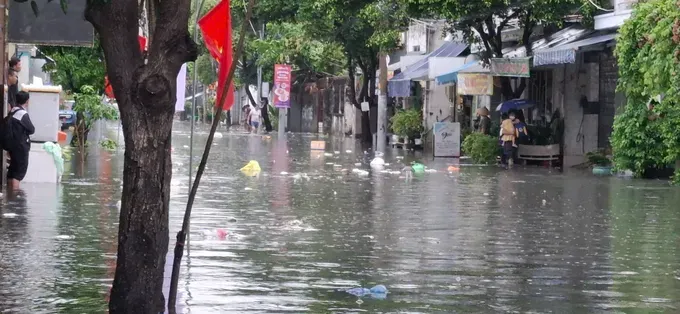
To reach this goal, Ho Chi Minh City will implement five groups of solutions, including enhancement of the quality and effectiveness of planning, and strengthening regional connectivity; investment in basin-based drainage systems, mobilizing ODA and PPP capital; reviewing and refining policies to attract investment, streamlining administrative procedures to improve efficiency, and expanding the application of information technology in urban infrastructure management; developing early flood forecasting and warning systems, building water retention reservoirs, and applying advanced technologies; promoting public awareness through the Fatherland Front and social organizations, and ensuring transparency in investment resources for community supervision.
According to the Ho Chi Minh City People’s Committee, this adjustment is to not only manage and invest in urban infrastructure effectively, but also enhance climate resilience, reduce disaster risks, and improve the living environment and public health.
It also marks an important preparedness for Ho Chi Minh City to reaffirm its role as a megacity that is smart, sustainable and resilient in the new development phase.


